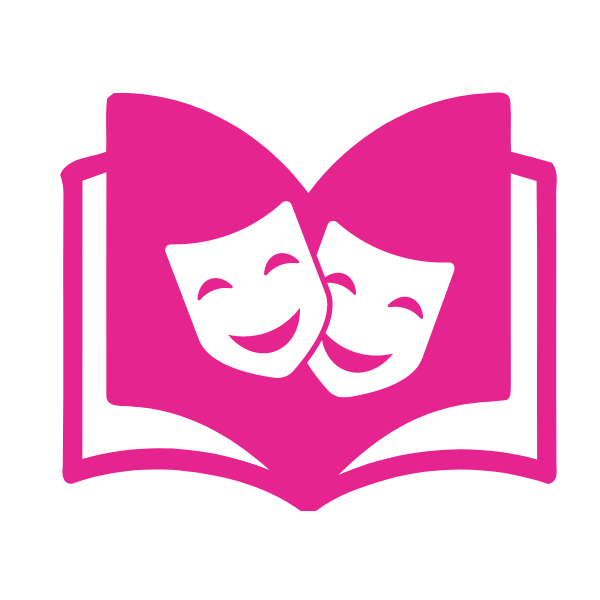STRATEGY FOCUS
Readers Theater
PURPOSE
Reader’s Theater is a strategy for developing reading fluency in which students rehearse and perform a script derived from a play or book before an audience
(can be the class). In using this strategy, students do not need to memorize parts, nor do they need props, sets, or costumes. They only need to reread the text several times in order to develop their prosody skills. Because Reader’s Theater is performed before an audience, it provides an authentic reason for students to reread and practice the text, thus improving their fluency and confidence.

PROCESS
- Choose a grade-level text/script that can be divided into parts (or characters).
- Provide each reader with a copy of their own text/script so they can highlight their parts.
- Model for students by reading the text and using the appropriate intonation, pacing, expression, etc.
- Support students in knowing how to read their parts with appropriate expression, and provide time for students to practice reading multiple ways (independently, in small groups, and in front of others).
- If possible and appropriate, send a copy of the text/script home, and encourage someone from home to read and practice with the student.
- Rehearse with students, providing needed direction and feedback regarding their interpretation, pacing, expression, etc.
- Have students perform for an audience on a stage, in a circle, or in a special area to provide a more authentic experience.
PROBING QUESTIONS
CONSIDERATIONS
- What did you notice about yourself as a reader as you were practicing the script?
- What do you like best about Reader’s Theater?
- How does Reader’s Theater help you become a better reader?
- Choose engaging texts/scripts that have dialogue balanced out equally among the speakers, and relevant to the content students are learning.
- Create your own script from a book, chapter, or other text.
- Invite students to write scripts as a way to tie in writing.
- Create small groups of students who will perform together rather than a whole class performance. This gives students more opportunity to practice their lines and build confidence.
- Work with small groups, and provide support for new and unfamiliar vocabulary.
- Provide many opportunities for students to practice so that all students are prepared and ready when it comes time to perform.
- As students become more familiar with Reader’s Theater, consider turning their work into a Reader’s Theater podcast for an even more authentic audience.
CONTENT APPLICATIONS
 ENGLISH
ENGLISH
LANGUAGE ARTS
After learning about writing plays, students take a familiar short story and work with a partner or small group to turn it into a script. They then practice reading and performing the script.
![]()
SOCIAL STUDIES
Students read and perform The Ants and the Tortilla as part of a cross-curricular unit on insects, fables, and Hispanic culture.

SCIENCE
When studying how animals adapt to their environment, students read At Home in the Cold, a story that discusses various adaptations that allow animals to survive in cold oceans.
![]()
HEALTH & PHYSICAL EDUCATION
Students in a Health class are studying about organs in the human body. Each student is given a hunk of text, written in first person, in which they represent the heart, lungs, stomach, liver, kidneys, etc.
